InnovaMatrix® Platform
Placental Extracellular Matrix
InnovaMatrix® products are the first-ever placental-derived medical devices cleared by the FDA for wound management.
Why InnovaMatrix® Platform
As the first of its kind, the InnovaMatrix® Platform advances the science of wound management by combining the technological advantages of a medical device1,2 with the inherent benefits found within the placenta3,4.
Benefits:
- Medical device quality control regulations and standards
- Consistency of raw materials
- Lower cost
- Ability to create larger sizes
- Easy to use: no preparation is required, no specific orientation for placement and no tissue tracking required
- Room temperature storage
Our proprietary TriCleanse™ Placental Extracellular Matrix (ECM) Process achieves a critical balance between thorough decellularization (cell and cell debris removal) and the preservation of the ECM’s protein structure. The final products — InnovaMatrix® AC, InnovaMatrix® FS, InnovaBurn® and InnovaMatrix® PD — feature thoroughly decellularized bioactive scaffolds that the host wound site can respond to immediately via collagen deposition upon placement5,6.
After an extensive review of our stringent testing, product characterization, proprietary processing technology, and quality control systems, the FDA cleared InnovaMatrix® products through the 510(k) medical device pathway. FDA-cleared devices undergo rigorous review.
The Importance of Decellularization
The presence of cells and cellular debris in an ECM can cause an inflammatory response by the host wound site to remove such debris through a type 1 macrophage response of phagocytosis. The TriCleanse™ Process effectively decellularizes the ECM to provide a cleaner scaffold in which the host wound site can respond upon placement via deposits of collagen6.
Materials for Advanced Care
While the benefits of placental-derived allografts are well documented3,4, human-derived grafts can be variable due to the unique medical histories and social behaviors of each human donor8-15. Knowing this challenge, a porcine source was selected because it can be controlled for age, diet, health, and activity level, thereby greatly reducing the variability of the raw material used to manufacture InnovaMatrix® products. Along with this consistent and highly controlled source material, InnovaMatrix® products are manufactured under the strict guidelines of our medical device quality system to ensure our customers are provided reliable and reproducible ECM products.
MKT-2023-0051-04E V01
References:
- K193552 510(k) Summary
- Data on file -RDR-002
- Shaifur Ra, M., Islam, R., Asaduzzama, S.M., & Shahedur R, M. (2015). Properties and Therapeutic Potential of Human Amniotic Membrane. Asian Journal of Dermatology, 7(1), 1-12. doi: 10.3923/ajd.2015.1.12
- Fairbairn, N. G., Randolph, M. A., & Redmond, R. W. (2014). The clinical applications of human amnion in plastic surgery. Journal of Plastic, Reconstructive & Aesthetic Surgery, 67(5), 662-675.
- Keane, T. J., Londono, R., Turner, N. J., & Badylak, S. F. (2012). Consequences of ineffective decellularization of biologic scaffolds on the host response. Biomaterials, 33(6), 1771- 1781. doi:10.1016/j.biomaterials.2011.10.054
- Sicari, B. M., Dziki, J. L., Siu, B. F., Medberry, C. J., Dearth, C. L., & Badylak, S. F. (2014). The promotion of a constructive macrophage phenotype by solubilized extracellular matrix. Biomaterials, 35(30), 8605-8612. doi:10.1016/j. biomaterials.2014.06.060
- Gilpin A, Yang Y. Decellularization Strategies for Regenerative Medicine: From Processing Techniques to Applications. Biomed Res Int. 2017;2017:9831534. doi: 10.1155/2017/9831534. Epub 2017 Apr 30. PMID: 28540307; PMCID: PMC5429943
- Cardinal, L. J. (2015). Central tendency and variability in biological systems. J Community Hosp Intern Med Perspect, 5(3), 27930. doi:10.3402/jchimp.v5.27930
- Collier, A. C., Tingle, M. D., Paxton, J. W., Mitchell, M. D., & Keelan, J. A. (2002). Metabolizing enzyme localization and activities in the first trimester human placenta: the effect of maternal and gestational age, smoking and alcohol consumption. Hum Reprod, 17(10), 2564-2572. doi:10.1093/humrep/17.10.2564
- DuBois, B. N., O’Tierney-Ginn, P., Pearson, J., Friedman, J. E., Thornburg, K., & Cherala, G. (2012). Maternal obesity alters feto-placental cytochrome P4501A1 activity. Placenta, 33(12), 1045-1051. doi:10.1016/j.placenta.2012.09.008
- Huuskonen, P., Amezaga, M. R., Bellingham, M., Jones, L. H., Storvik, M., Hakkinen, M., . . . Pasanen, M. (2016). The human placental proteome is affected by maternal smoking. Reprod Toxicol, 63, 22-31. doi:10.1016/j.reprotox.2016.05.009
- McRobie, D. J., Glover, D. D., & Tracy, T. S. (1998). Effects of gestational and overt diabetes on human placental cytochromes P450 and glutathione S-transferase. Drug Metab Dispos, 26(4), 367-371. Retrieved from https://www.ncbi.nlm. nih.gov/pubmed/9531526
- O’Huallachain, M., Karczewski, K. J., Weissman, S. M., Urban, A. E., & Snyder, M. P. (2012). Extensive genetic variation in somatic human tissues. Proc Natl Acad Sci U S A, 109(44), 18018-18023. doi:10.1073/pnas.1213736109
- Paakki, P., Stockmann, H., Kantola, M., Wagner, P., Lauper, U., Huch, R., . . . Pasanen, M. (2000). Maternal drug abuse and human term placental xenobiotic and steroid metabolizing enzymes in vitro. Environ Health Perspect, 108(2), 141-145. doi:10.1289/ehp.00108141
- Strolin-Benedetti, M., Brogin, G., Bani, M., Oesch, F., & Hengstler, J. G. (1999). Association of cytochrome P450 induction with oxidative stress in vivo as evidenced by 3-hydroxylation of salicylate. Xenobiotica, 29(11), 1171-1180. doi:10.1080/004982599238038




